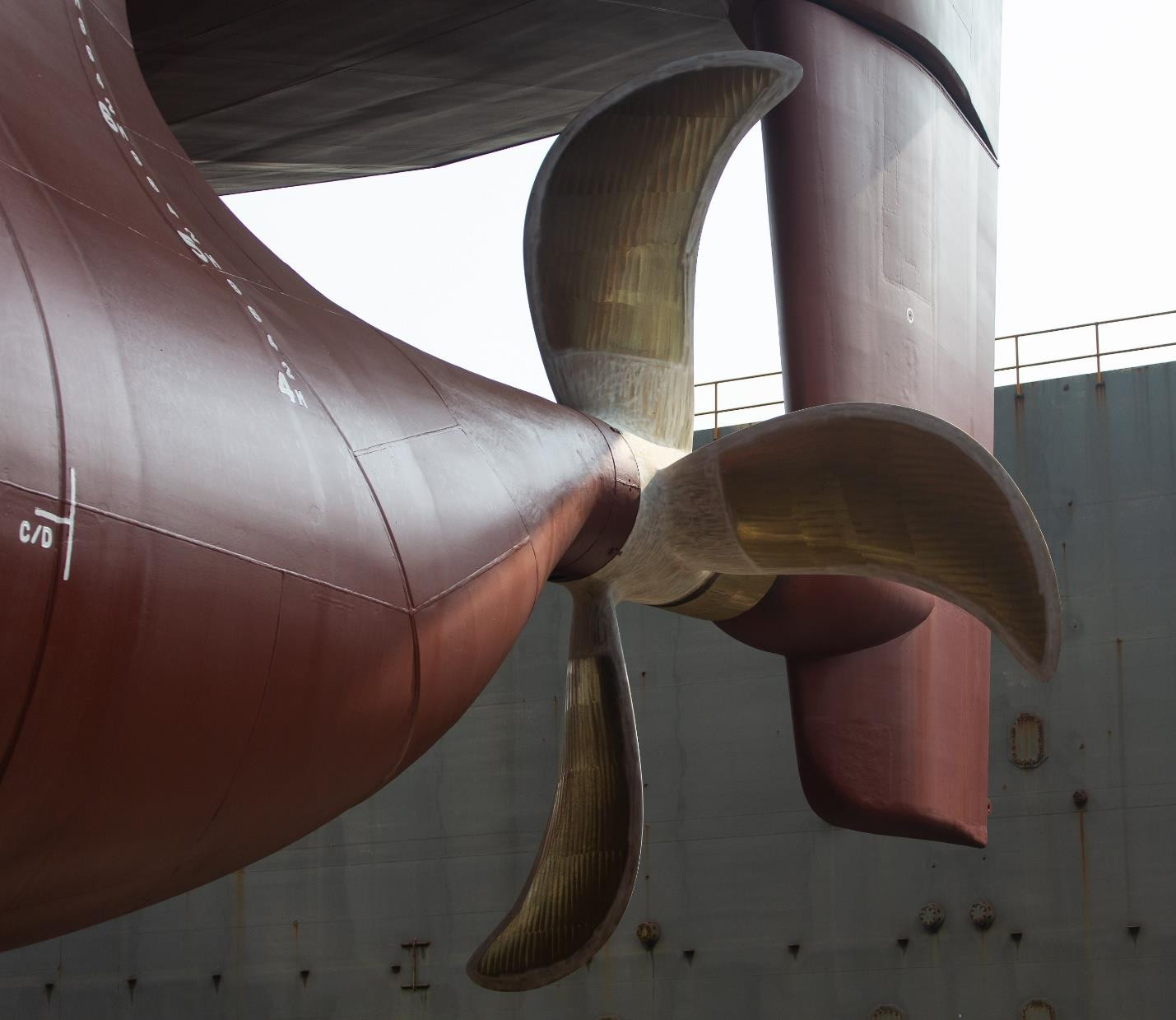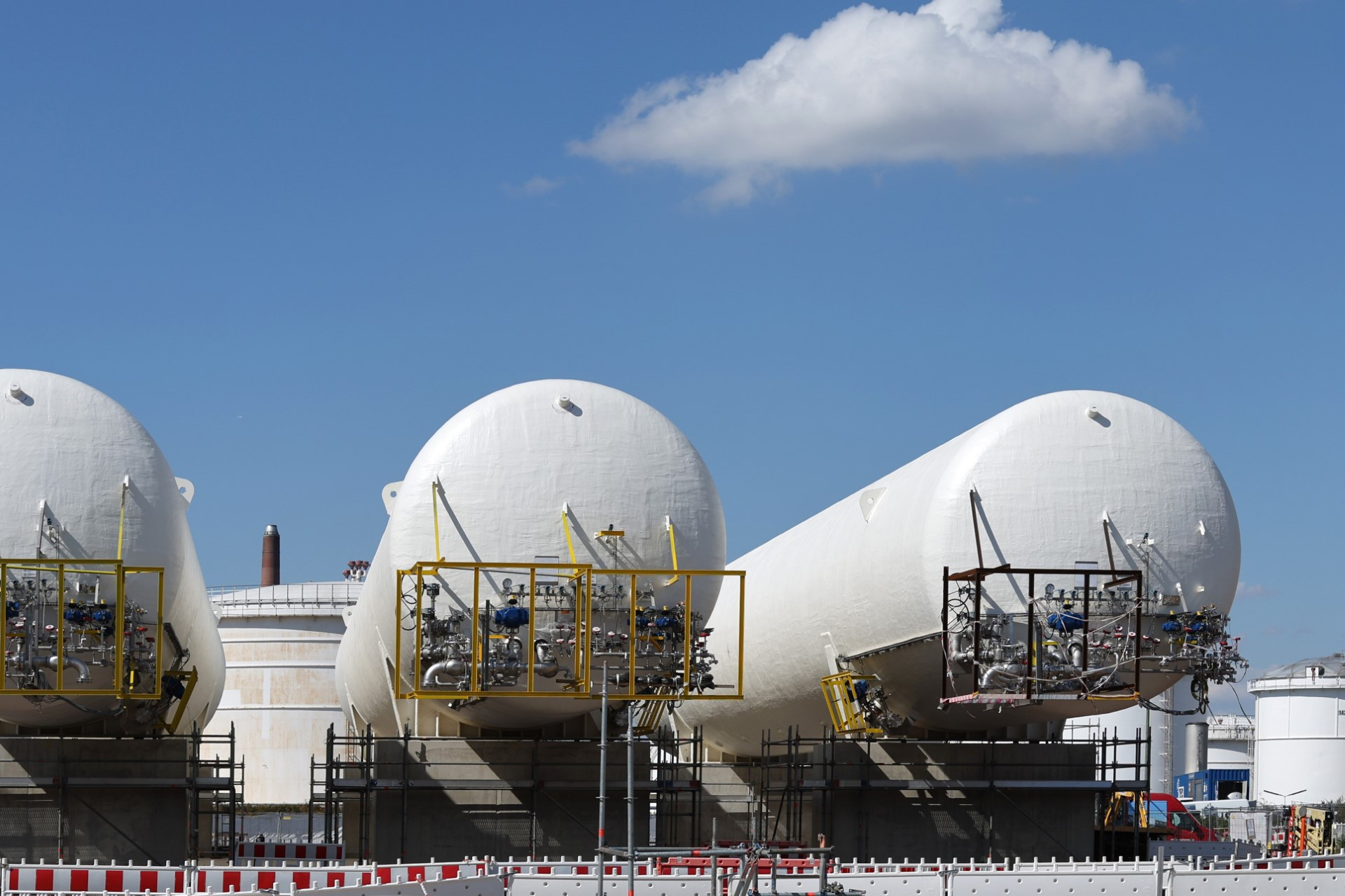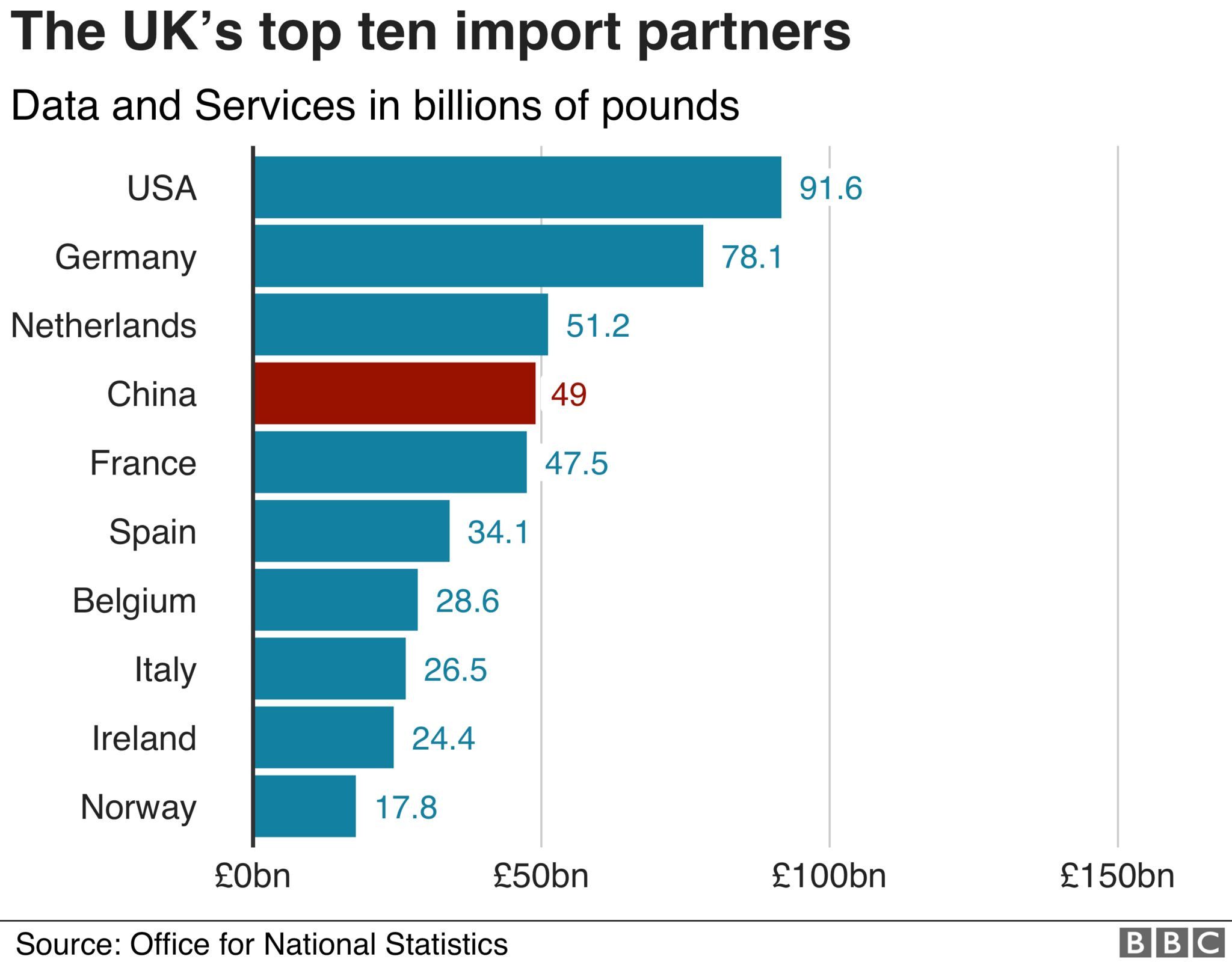European LNG spot prices have struggled to compete with oil-linked contracts as the overarching bearish sentiment in crude oil was battling the looming winter risks in the European natural gas and LNG markets, according to data from S&P Global Commodity Insights.
Platts, part of S&P Global Commodity Insights, assessed the Northwest European LNG marker for October at $11.813/MMBtu on Sept. 9, down around 4% on the week and around 7% lower on the month.
At the same time, Platts Dated Brent was assessed at $72.125/b, down around 9% on the week but nearly 12% a month earlier.
Although prices for LNG were lower on the week, looming winter risks amid increasing competition in the global area for waterborne cargoes were seeing prices increase day on day. While weaker global oil demand pushed the global crude oil benchmark to a 17-month low.
Term LNG contracts, especially older ones, have tended to have an element that is priced as a percentage of crude oil, known as the "slope," which can vary depending on the prevailing market conditions. Typically the lower and upper bounds of the slope are between 11% in a bearish LNG market and 20% in a bullish market; when the market is balanced it will be 12%-13%.
Given current market dynamics, traders see oil-indexed contracts likely pricing at somewhere between 12% and 13.5% versus Dated Brent. The current Dated Brent price would put oil-indexed volumes with a 12% slope at $8.655/MMBtu and volumes with a 13.5% slope at $9.737/MMBtu.
Versus the 13.5% slope, this put NWE LNG at a $2.08/MMBtu premium, while versus the 12% slope this was a $3.16/MMBtu premium.
The differential against the 13.5% slope was the strongest LNG's premium has been versus this contract price since Nov. 28, while versus the 12% slope it was the steepest premium for LNG since Dec. 12.
LNG spot prices were predominantly "in the money" versus oil-indexed contract prices between February and May before oscillating between competitive and uncompetitive through June and July. Current dynamics have kept spot LNG prices out of the money versus contract prices.
Oil Market Pressures
In the crude market, physical and futures prices have cratered across recent days as persistent bearish demand-side fundamentals in China combine with OPEC+ announcements to weigh heavily on value.
This was met with looming pressures from this upcoming winter, which has kept spot LNG prices relatively elevated for this time of year. Current prices of $11.813/MMBtu and higher than the $10.191/MMBtu seen this time last year on Sept. 9.
Contract Flexibility
As a result of cheaper contract prices versus spot prices, traders have been utilizing their contract flexibility and procuring volumes through term-contracts over spot buying.
Given a string of maintenances and outages at key natural gas and LNG supply projects, there has been some degree of increased spot purchases. Interestingly, month on month, spot procurement has increased in Europe this year, with cargo deferrals from maintenances and outages at supply projects leading buyers in the region to replenish requirements with spot cargoes.
However, with cheaper oil-linked and gas-indexed US contracts, Europe has procured LNG supply with more term volumes on the year.
LNG imports into Europe have totaled 69.95 million mt in 2024 so far, with around 57% being imported via long-term contract and 41% by spot, the remainder was still unknown.
For 2023 and 2022, out of the total LNG imports over the same period, 71% was long-term and 29% was spot in 2023 and 69% was long-term vs the 31% of spot in 2022.
Some pipeline supply contracts for the Southern European market are still having some degree of oil indexation in the price formula, Alija Bajramovic, senior research analyst for European and Russian LNG at Commodity Insights said. However, the price differential between European LNG prices and dated Brent was yet to be reflected in the contract market.
"Oil prices need to stay lower for longer time to have some meaningful effect on gas and LNG markets," Bajramovic added.
Winter’s Looming Shadow
With NWE LNG prices "out of the money" versus oil and gas indexed contracts, some players have been utilizing their contract flexibility to help restock ahead of winter.
US LNG contracts are generally priced against the Henry Hub gas index. Henry Hub contracts are typically priced at 115% of Henry Hub plus a constant. Considering the upper limit of a US LNG Henry Hub linked contract, that would be around 115% of Henry Hub plus $3.50/MMBtu, which would equate to $5.840/MMBtu on Sept. 9, according to Commodity Insights data.
The bearish oil market was pressuring the European natural gas and LNG spot markets, leading to expectations of a tighter winter balance than previously anticipated.
The global race for waterborne LNG cargoes could see strengthening prices this winter, with traders seeing Europe compete with Egypt, Asia and parts of Latin America for the super-chilled fuel over Q4 2024 and Q1 2025.
"The strength in the market is due to increased speculative activity caused by growing supply risks, rather than fundamentals becoming increasingly bullish," Warren Patterson, head of commodities strategy at ING, said. "Speculators built their net long in TTF to a record high in August."
Patterson added that there are several supply risks facing the market, including concerns around Russian pipeline flows via Ukraine being disrupted due to recent developments between the two countries.
The market is also nervous about ongoing maintenance in Norway, with maintenance in Algeria and Libya set to further tighten gas supplies to Europe. This was also being met with maintenance in Australia and Malaysia pressuring the cargo market in Asia.
Patterson and traders added that the increased LNG infrastructure in 2025 should help to improve prices next year and cool some of the bullish sentiment. Although the bulls of the market are driving sentiment for early 2025, the improved supply should help to ease prices for the second half of next year. Additionally, a bearish oil price view for 2025 is likely to have an overhang on LNG trading, but the market will still be dominated by supply-demand factors.
Oil Prices Impact
With a large majority of the global LNG market being oil-linked, executives at the APPEC 2024 conference in Singapore said oil prices could drop to the $60-$70/b range in the coming year due to growing supply from OPEC+ and the US, and easing demand in China.
This equals around $8-$9/MMBtu for LNG cargoes at an oil slope of around 13%, which is highly competitive with spot LNG prices.
To continue reading you must login or register with us.
It’s free and easy to do. Please use the button below and we will bring you back here when complete.
The Future of the Global LNG Market
A report from the International Gas Union (IGU) suggests reasons for optimism about the future of the world marketplace for LNG exporters and importers.
Measuring its calculations through millions of tons per annum (MTPA), 2023 saw over 400 million tons traded on the global LNG market. The number represents 70 MTPA growth y-o-y, the highest single one-year increase in over a decade, driven primarily by Europe’s demand growth of 30 million tons.
The IGU notes the market is currently composed of 20 exporting and 51 importing markets. While the report identifies a lack of supply in the near term as an impediment to future growth, its analysis suggests better equilibrium in the market than has been seen in recent years.
LNG accounts for nearly half of Europe’s gas, but there is growing competition from Asia as they continue to switch from coal to gas to improve air quality.
China, for instance, is the world’s largest LNG importer, consuming slightly more than those incremental 70 million tons added last year, which marked the first time Vietnam and the Philippines imported LNG. Japan, Korea and India round out the top four importers.
The U.S. not only leads the world in natural gas production at 125 bcf/d, but it’s the world’s export leader, exporting nearly 86 million tons of LNG in 2023, nearly 10% more than in 2022. The U.S. is followed closely by export rivals Australia and Qatar. Russia is a distant fourth, exporting less than half that of any of the other three countries.
The U.S. is also leading the world in the construction of additional export capacity. Nearly half of the 216 MTPA of liquefaction capacity under construction or approved is slated for North America (the IGU groups the U.S. with Canada and Mexico). The region’s current capacity of 650 MTPA is more than the rest of the world combined.
Headwinds remain. In addition to supply constraints, the report notes the Biden administration has an exports approval pause affecting those under a non-free trade agreement with the U.S. And despite their war, Ukraine and Russia actually have a gas agreement for transporting Russian gas that ends this year. And finally, there is more than 120 MTPA of operational liquefaction capacity more than 20 years old.
The International Gas Union, with offices in Switzerland and London, counts more than 150 members in over 80 countries, covering over 90% of the global gas market. The Union is over 90 years old.


















